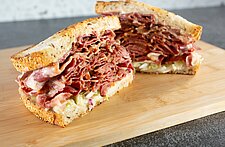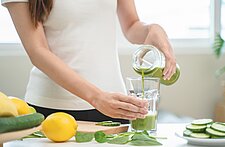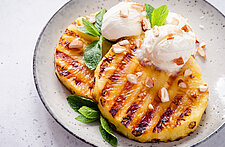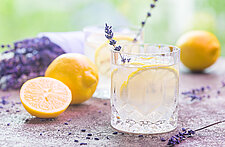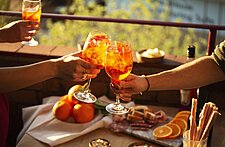By Junior Merino, The Liquid Chef
When making either wine, cognac, rum, whiskey, tequila or scotch, the aging process in barrels plays a huge roll. It is within the barrel that the complexities and nuances are intensified. Whether the barrel is virgin, charred, toasted or previously used (ie maple syrup, whiskey, port, sherry, rum, etc), plays a large part in the final flavor profile to the given wine or spirits. The different woods contribute as well; for example French oak will give more vanilla and nutty notes while American oak will lend more tropical coconut & caramelized hints to the finished product. Another large player in the aging game is the size of the barrel; the smaller the barrel, the faster and more intense the flavors will become. It was just a matter of time before the idea of aging cocktails in a barrel would catch on; taking the ancestral and art of aging over to cocktails was just a few centuries down the road.
Creating cocktails that will be barrel aged is essentially a four-dimensional process; it is critical to take into consideration a few steps that will affect the final flavor profile of your cocktail:
1. Size of the barrel
2. Ambient temperature where the barrels will be kept
3. Type of barrel used and type of wood used as well as type of char or toast and length of aging
4. Ingredients are key. Ingredients are important since the cocktail will be resting for weeks, months, or maybe years, you have to consider ingredients that will not turn, making the flavor unpleasant and musty.

CLICK HERE to view the Top 10 Beverage Trends for 2016 from Around the Web
You also can not use high sugar liquors or syrups because the sugar will coat the inside of the barrel, making the aging process longer. Take into consideration acidity as it will draw out the tannins within the barrel, so be aware when adding ingredients with high acidity. Timing is very critical. I recommend that when using small barrels that you check the flavors daily as each spirit and cocktail mix will take different timing to achieve the flavors and characteristics you are looking for; also, you would not want to over-age your cocktail as it will impart bitter notes to your libation.
Don’t forget your “angel’s share” too. This is the naturally occurring process within barrels in which your liquid will slowly evaporate and absorption into the wood, yielding a smaller amount then with what you began with. Using virgin or unused barrels tends to have a slightly larger amount of angel’s share then previously used barrels, however those barrels will take longer to extract the barrel’s nuances.
CLICK HERE to for weekly information, innovation and inspiration around beverage

